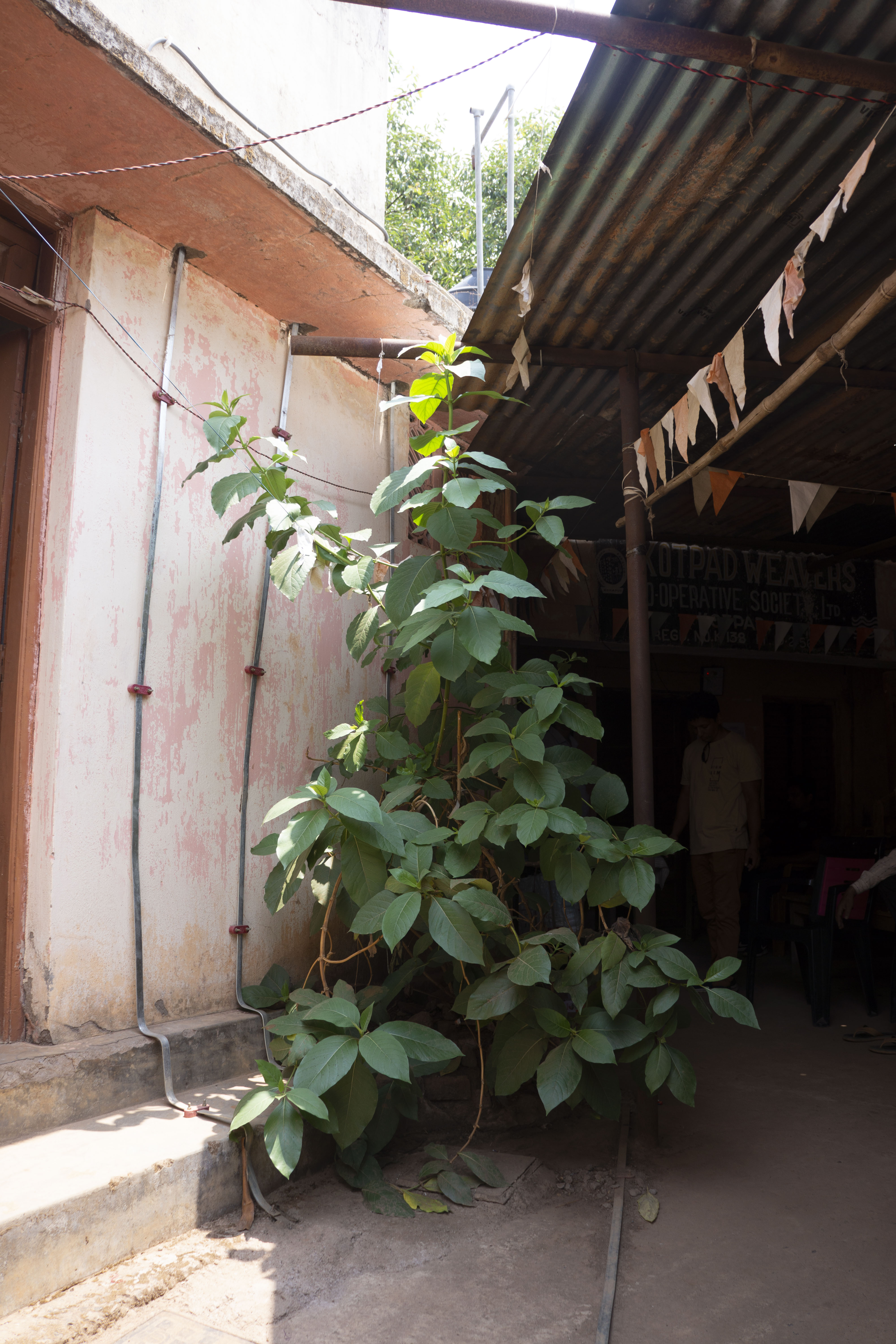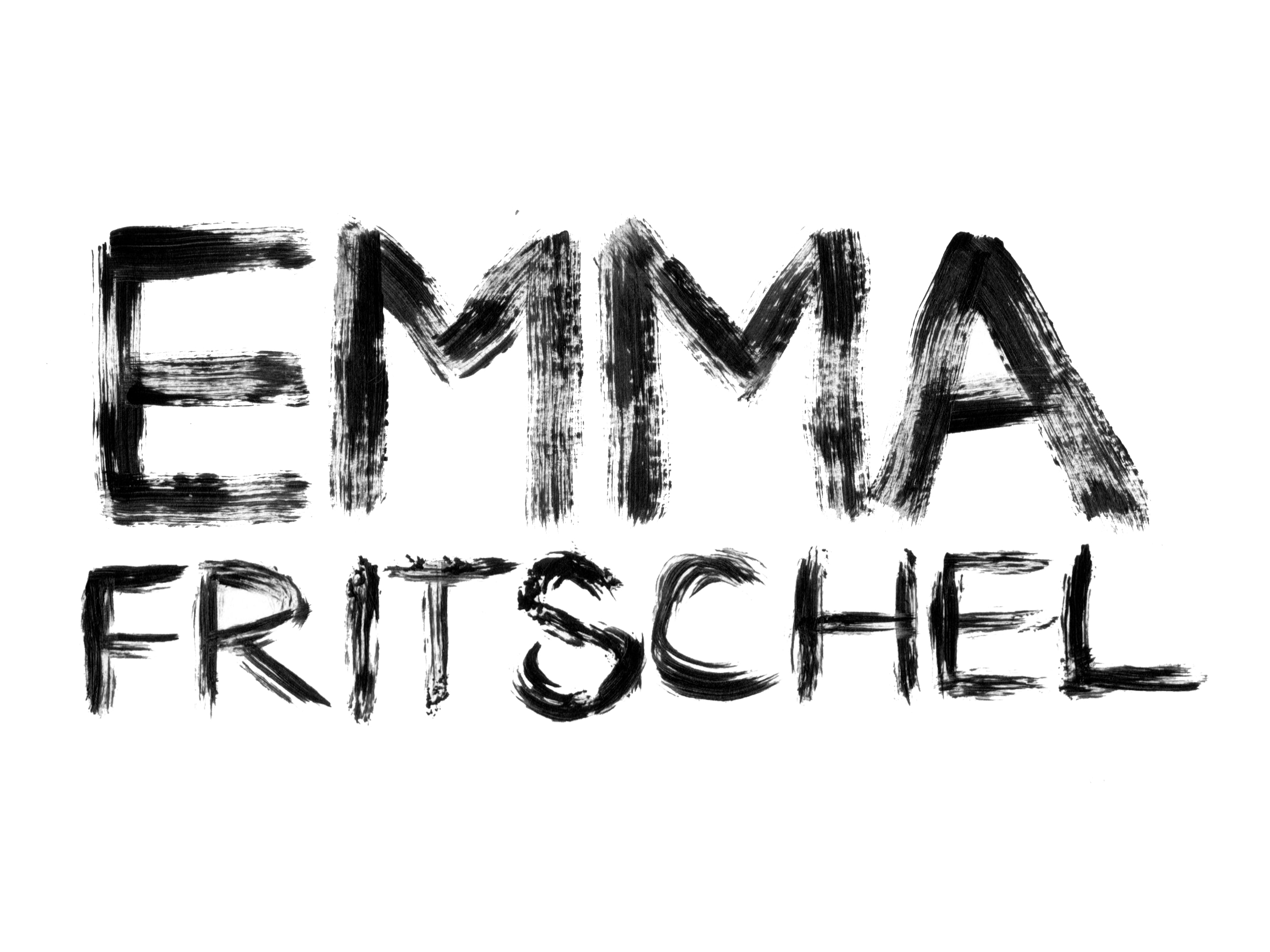
Red Natural Dye of Tribal Kotpad
May 2nd - 3rd, 2022
Red was once the most sought-after color to wear in the world.
Wearing red is striking and bold - it is a symbol of power. From the Byzantine Era to the Tang Dynasty, red had been an auspicious and status-bearing color.
When chemical dyes were first produced in the mid-19th century, red was the second color to be discovered.
Before this discovery, however, all dyes used for coloring cloth came from natural materials such as plants, insects, and tree barks. The first synthetic red dye took direct inspiration from the natural dye madder, which comes from the roots of the madder plant. Alizarin is a compound found in madder plants which is responsible for producing red dye. Chemists studied this compound closely, and in 1869 they extracted alizarin from madder and synethically produced it as the first chemical red dye and the first ever natural dye to be produced synthetically.
Madder
dyeing is one our most ancient dyes; madder dyed fabric fragments have been excavated from the Indus civilization. Madder root
(from the family rubiaceae)
has many species which are native to different parts of the world. Rubia cordifolia, known as Indian Madder (or Manjistha in Hindi), is used in India. However, there is one village in a part of India which uses a specific species of madder not employed by anyone else - it’s known as aal root (morinda citriofolia) or Indian Mulberry.
![Animals in the road in the village of Kotpad.]()

Kotpad is a tribal village in the district of Koraput in the state of Odisha known for keeping the tradition of madder natural dyeing alive. Its history of using aal root dye dates back to at least the 3rd century. Kotpad weavings are somewhat easy to identify, as the patterns only ever involve the same three colors - white, red, or brown, the red of course, coming from the aal root. It has also been historically recorded that aal roots have cooling properties, and the fabrics dyed with them were worn by people in extremely hot climates, perfect for the sweltering temperatures in Odisha. The Kotpad weavings are done on pit-looms - looms which are set into the earth so the weaver is sitting in the ground while the loom stretches above ground. This type of loom is supposed to save space as well as provide a comfortable and cool seat for the weaver. The texture of a Kotpad handloom cloth is somewhat rough and coarse to the touch. Just like a wildflower’s unrefined beauty, Kotpad weavings are unique because of their organic quality and natural aesthetic.
Aal root dyeing is a complex and sensitive process. It relies on a close and intimate relationship with nature to achieve the deep shade of red. Kotpad dyers gather the roots of the madder plant when it is between five and seven years old. It’s technically the bark of the roots that is used for dyeing, so it’s possible that the tree is not harmed in this process.
They then clean and pulverize the roots into powder using an industrial grinder. The yarn is treated with a natural mordant to affix the color to the fiber. The dyebath is prepared by boiling the aal root powder in water. This is the trickiest part of the process because the color can take several dyebaths before it develops into a dark, rich red. Dyeing with aal root requires an impressive amount of labor and dedicated time.

Kotpad weaving and natural dyeing is part of the region’s micro-economy; it’s what they have been doing for generations to provide a sustainable lifestyle. Almost every household contributes to the economy in some way, from harvesting the aal roots, to grinding them into powder, and to dyeing the yarns. It is a beautiful symbiosis between people and environment, but it also one that is being threatened by other weaving communities. Since Kotpad weaving is highly esteemed, it has been reproduced by other weaving clusters and marketed as the original. It is common to see weavings labeled as Kotpad weavings in the market, when they are not actually from Kotpad nor prepared in the same traditional methods. This takes away from the uniqueness and quality of the true Kotpad weaving when it is viewed in person; it becomes expendable.

You can imagine how, when a synthesized version of alizarin was created, it came as a relief to some dyers. However, the dyers and weavers of Kotpad have kept the tradition of natural red dye alive for generations. This is not necessarily because of a pure devotion to craft, but a general lack of resources. Kotpad is very removed from other developed areas. Most people live without electricity still. As we drove through the village late in the night, the roads were pitch black. Even so, people were walking on the roads together. The dyers of Kotpad do not have access to the synthetic alizarin, so they continue to rely on their natural resources. They do it because it’s a part of their micro-economy, but also because the process is rooted in the caste system which is still prevelant in India’s rural villages.

For most parts of the world however, synthetic alizarin dye is used to create crimson red instead of natural madder. Kotpad serves as a reminder of where red dye came from - it was a discovery of the indigenous and tribal groups of India. Madder has been used throughout antiquity to color cloth - it is vital that we continue to support its practice so that we can preserve its rich history.

Nothing is born out of isolation. It is impertive to aknowledge the connection between modern synthetic alizarin dyeing and traditional and indigenous madder dyeing in order to appreciate the current problems in the textile and fashion industries. Because of the onset of chemical dyeing which allows for gross amounts of imitation products, traditional dyers and weavers have to compete with the prices of cheap labor and poor quality materials, thus being forced to reduce the prices of their products. In the western world, the market is so oversaturated with products of high and low quality, that it has become impossible to discern the true value of our clothing. It makes the consumer feel their clothing is easily dispensable, when it’s not.
The textile and fashion industries have woven themselves into knots taking from the indigenous groups who practice traditional techniques and overshadowing them with commercial replicas and chemical short-cuts. They continue to take inspiration from these groups under the name of “sustainability.”
The dyers and weavers of indigenous Kotpad a
re a testament of our past as well as our present relationship with clothing and their work deserves respect. It is imperative that we not forget their contribution to the clothing industry because they
are a living part of our fashion history.

© Emma Fritschel Art 2025
